TISOVEC, seat of Lutheran school
Tisovec - a small town situated on the banks of Rimava river. Recently it is the ideal place to spend a pleasant holiday. You can find here an oasis of the silence, the winter skiing, the dogsled competition, the summer curative herbs picking, the trekking, the fishing, the ground caves, the cultural movements, the chalets with the sheep cheese and oštiepok (a kind of the smoked sheep cheese) production, the rodeo in near Muráň, the opportunity of the horse ridding, the brynza factory, the carbonic water rising from the ground.
Tisovec has got its name by the yew (tis in Slovak) tree what had occured here in great numbers in the past. First known written reference to Tisovec comes from the year 1334 on the document of Hungarian king Charles Robert issued on June 26, in Vyšehrad (a castle located in the Czech Republic). In the year 1438 was Tisovec known as the appurtenance of Hajnáčka castle. It was a slavish village till 16th century.
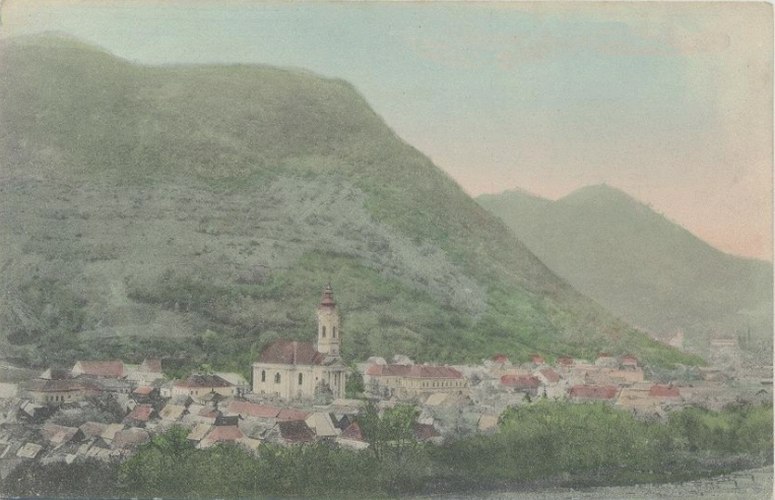
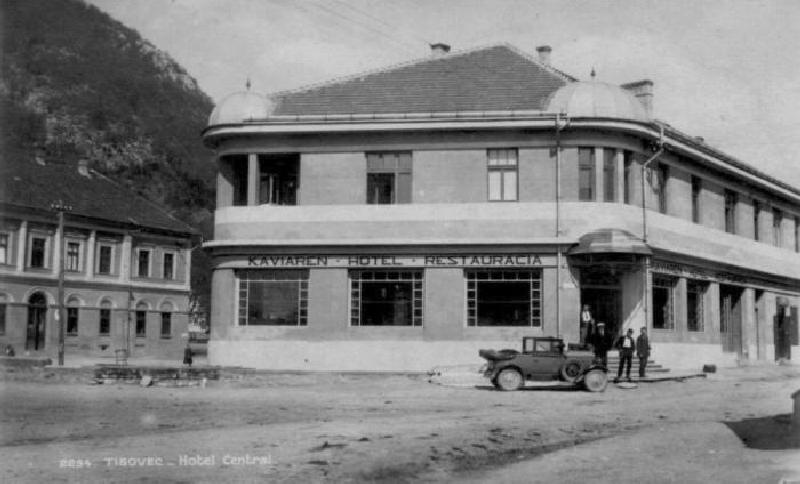


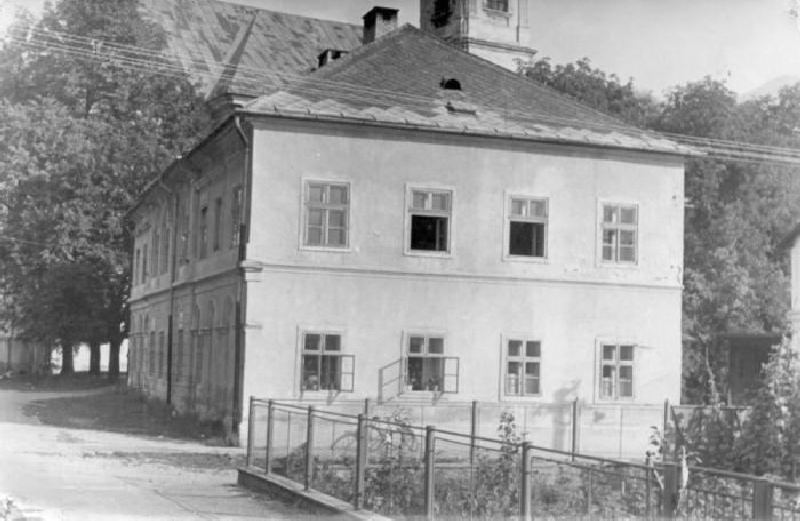


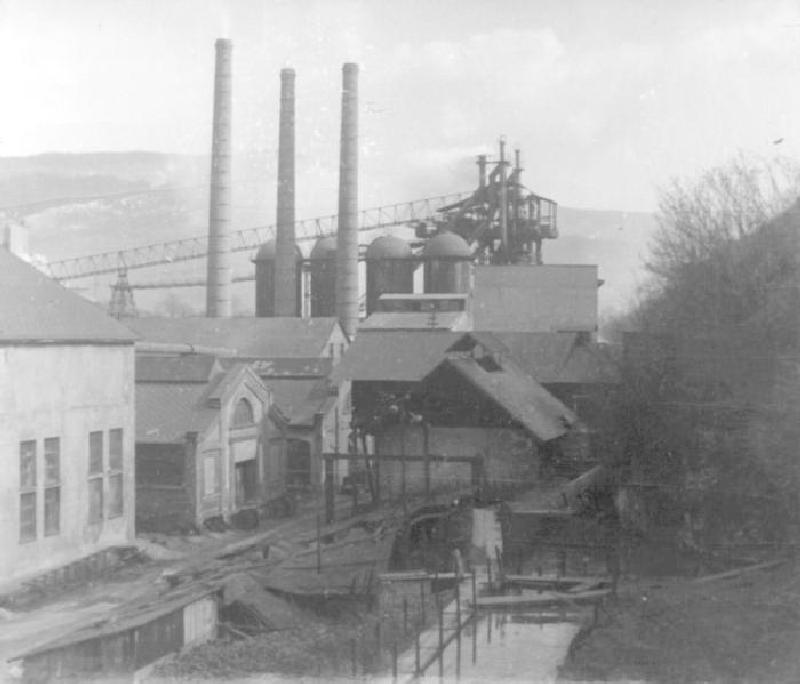
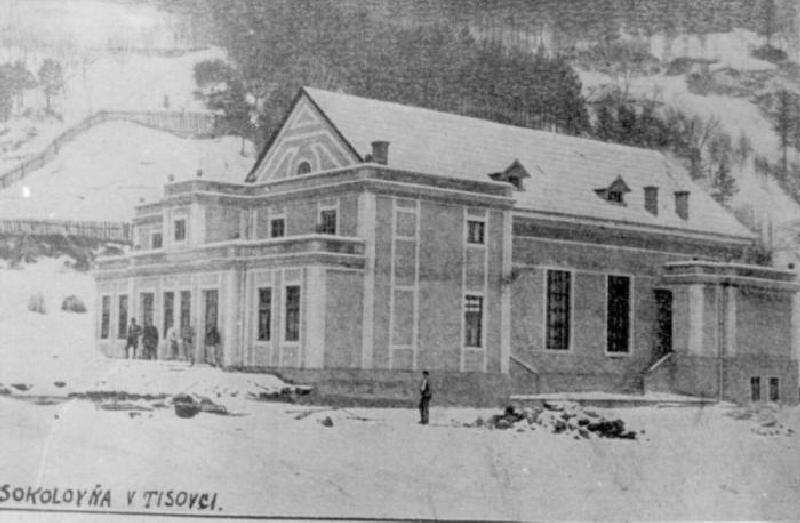
Historical pictures
At the end of the 16th century feudal owners of Tisovec changed. They were Kubini, Forgach and Nyari families. Recent Tisovec blazon was created from the elements of their family blazons. Tisovec acquired its first market privileges in 1596. In 1780 Tisovec dwellers obtained additional market privileges from Maria Theresia (a Hungarian emperor). On the basis of these privileges they were allowed to organize four markets per year. Tisovec self-government continues with this tradition and it organizes Tisovec fair three times per year.
In the forties of the 19th century Tisovec steelworks were the greatest producer of the crude iron in all Austria-Hungary monarchy. The iron production was the fundamental economical branch in Tisovec till the year 1965. Then Šverma Steelworks were liquidated and their production was carried to East Slovak Steelworks in Košice (recent US Steel Košice).
The paper-mill (Papiereň) was an important economical unit, too. But in 1926 it was destroyed by fire. Nowadays only the old buildings and the name of locality on the halfway between Tisovec and Rimavská Píla, suggest the paper-mill. The native Tisovec people has had Slovak origin. The following topografical names give the evidence of it: Obadovo Očko (Clegs Eye), Krivá (Uneven), Suché Doly (Dry Valley), Hradová (Castle Hill), Pasiečky (Pastures), Papiereň (Paper Mill):
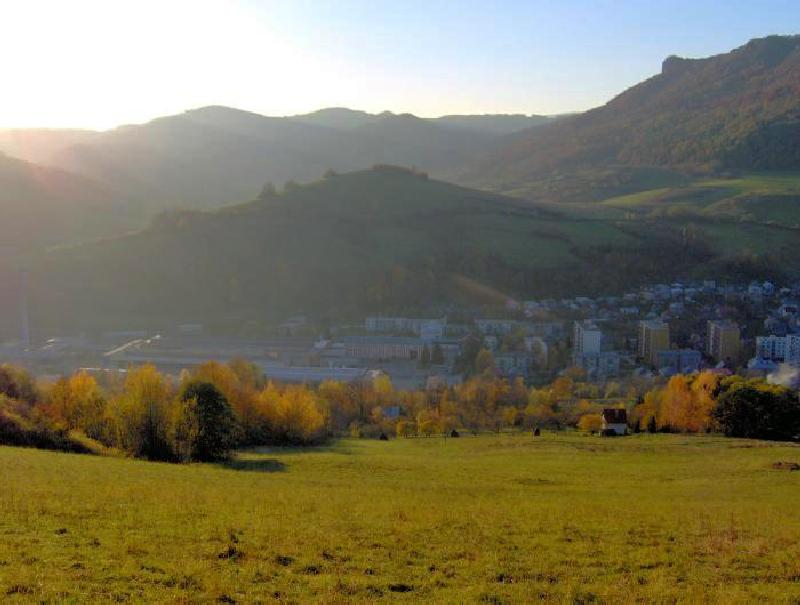
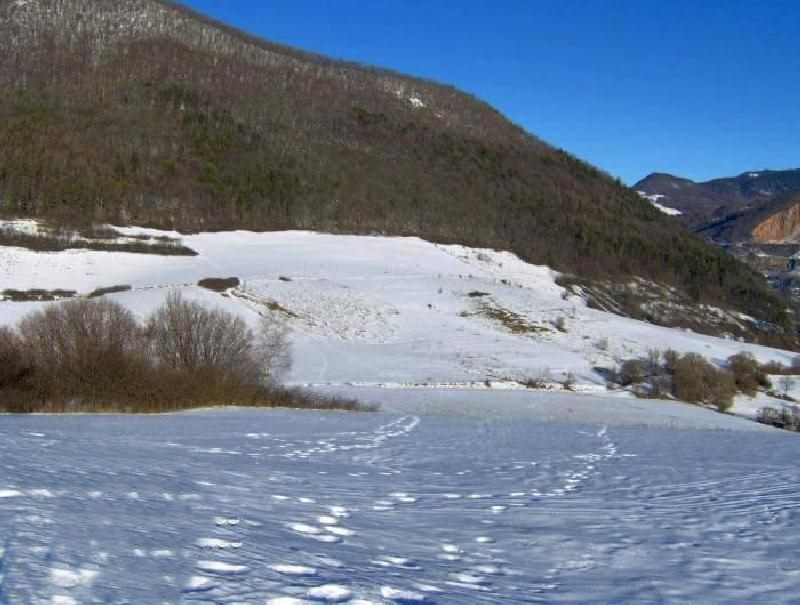
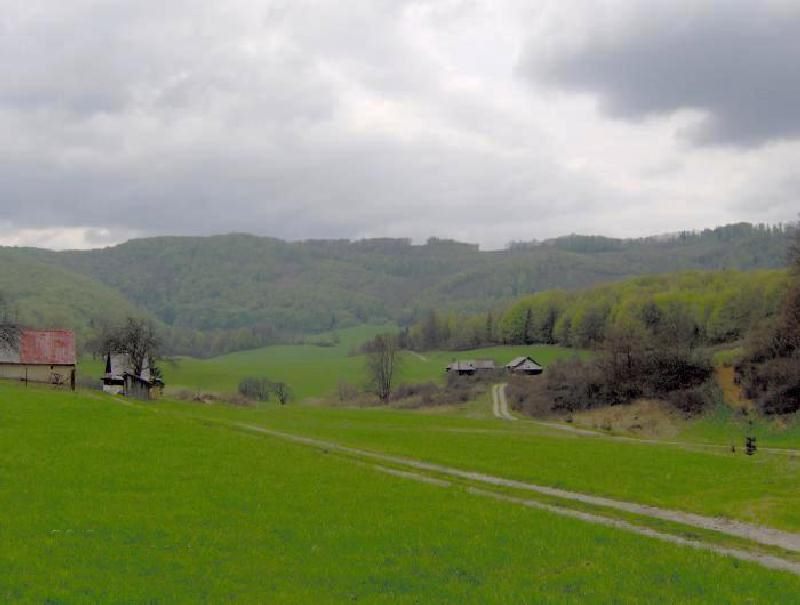
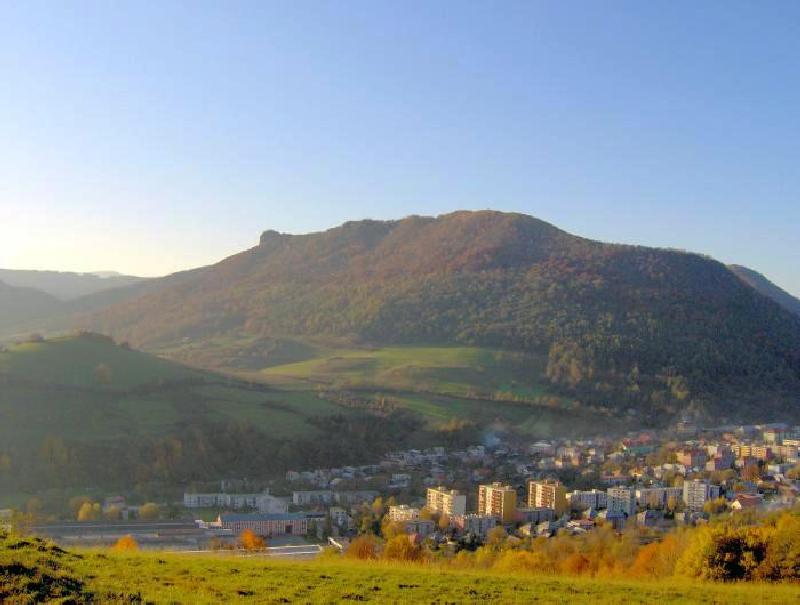
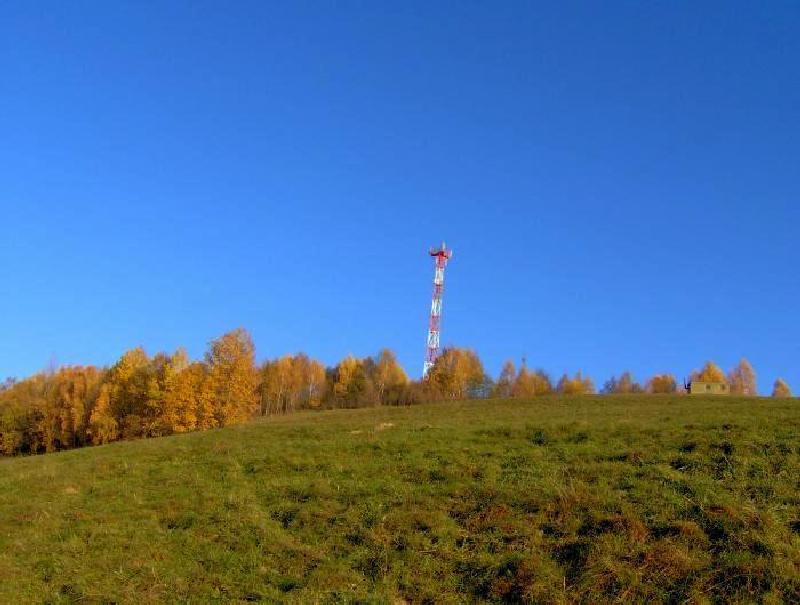

After the Tatarian invasion in the half of 13th century, the German settlers came here from the mining towns in Liptov (a region in North of Slovakia). In the Middle Ages a mining was an important source of living. They mined a silver, the iron and sometime the gold.
Repeated wars and devastations interrupted the mining development and that is why the polulation was looking for other source of living. Rich fields and pastures were good prerequisites for peasantry, pasturage, cattle and sheep farming. In 1843 ten chalets were here in Tisovec neighbourhood. In 1788 up to 53 craftsmen were here in Tisovec. The guilds of smiths, locksmiths, cart-wrights, cabinetmakers, coopers, carpenters, millers, tanners, shoemakers, furriers, hatters and tailors existed here.
Later the beer, the candles and the bricks were produced. Already in 19th century Tisovec Brynza Factory produced quality and tasty brynza which was later exported right to the USA.
At the end of the thirties of 19th century Tisovec become one of the bases Slovak national movement. The leader (not only in Tisovec and in Gemer, but in whole Slovakia, too) of this movement was Dr. Pavol Jozeffy. Since 1823 he was the bishop of Potisie ( the area near Tisa river). In 1842 he headed the deputation what handed a Slovak petitio called Slovenský prestolný prosbopis to the royal Court in Vienna requiring that the government stops national persecutions by the Hungarians in Slovakia.
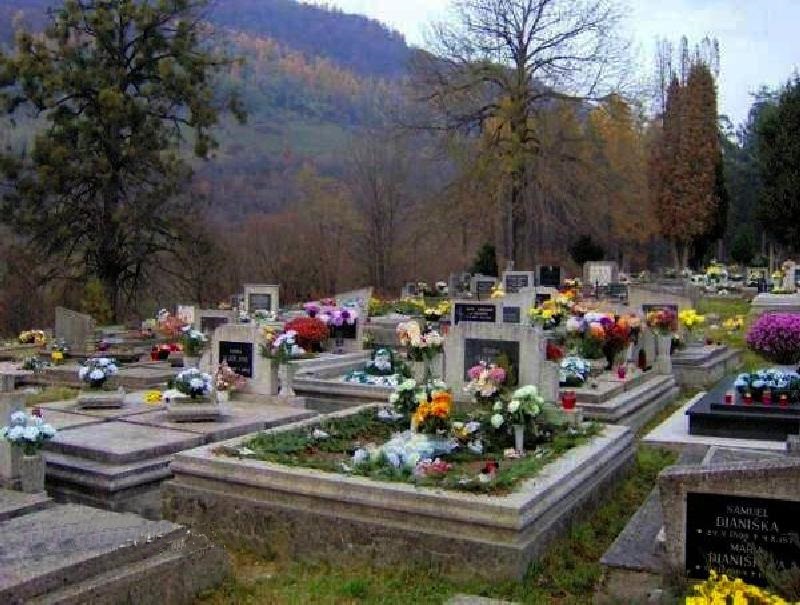
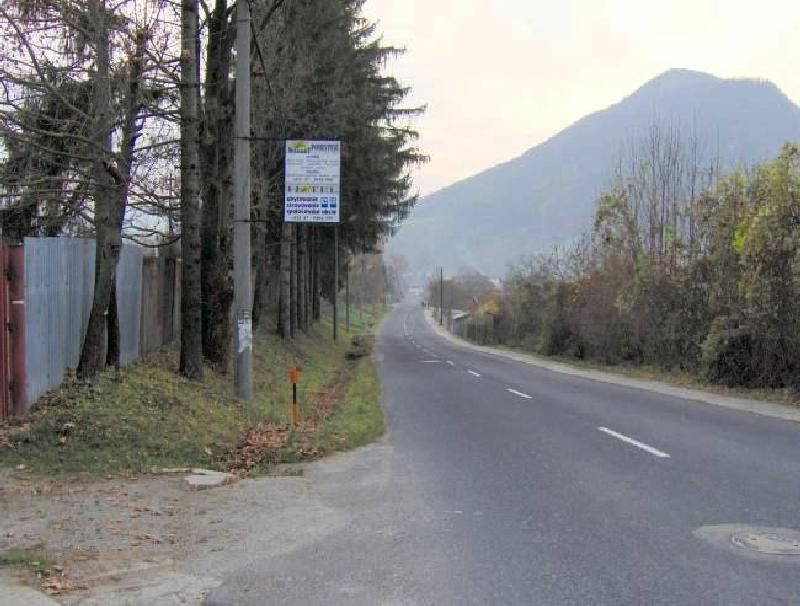
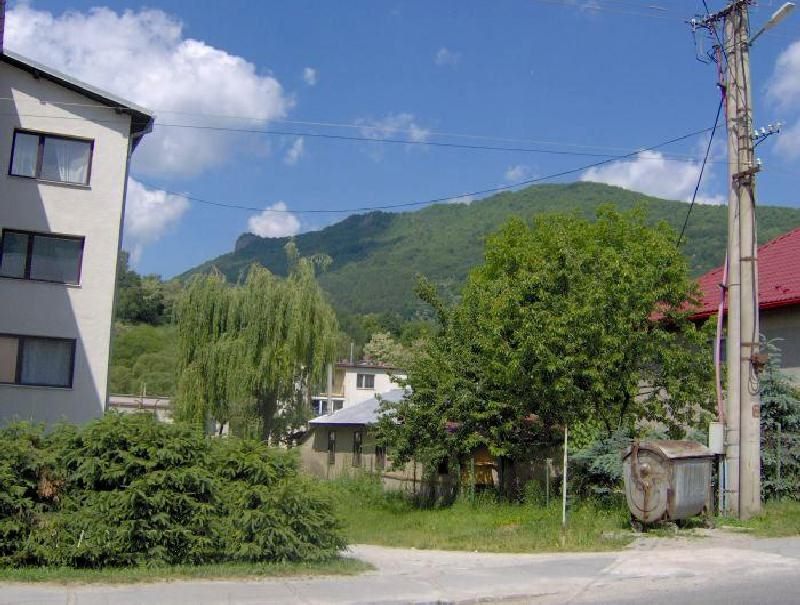
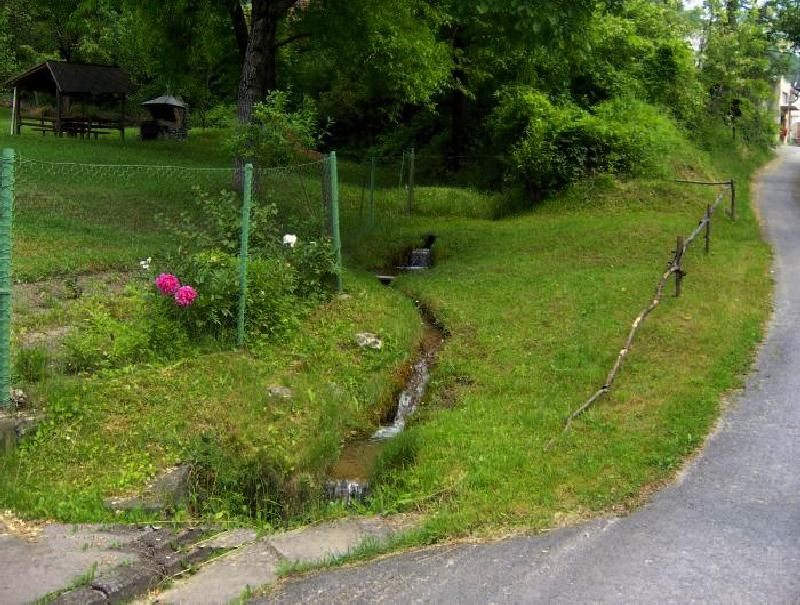

Some historians consider - except Ľudovít Štúr(2) Štefan Marko Daxner the most outstanding personality of the Slovakian history. Already in 1847 he composed a program integrating the requirements for the national, cultural, political and social freedoms. In 1848 he was sentenced to death (fortunately not executed). He was an author of the Memorandum of the Slovak Nation in 1861, an organizer of the First Slovak High School in Revúca (1862) and in 1863 he was present at the birth of Matica slovenská(3) .
Jonatán Dobroslav Čipka forced new ways in literature for the children and youth in the time of Slovak romanticism. In co-operation with Augustín Horislav Škultéty he issued two books Amusement Children Book and one book Morning Star - pioneering work in the literature for children and youth.
Gustáv Lojko - Hostivít Tisovský,, professor at the First Slovak High School in Revúca was the poet of the generation of the writers who came after Ľudovít Štúr. Bohuslav Nosák - Nezabudov. - a Slovak National Newspaper co-editor and the second secretary of the Slovak National Council was one of the most enthusiastic supporters of the Štúr Slovak language standard.
Terézia Vansová - realistic writer, editor, popularizer of the woman emancipation lived almost thirty years in near Rimavská Píla with her husband Ján Vansa . They both were influence on Matej Hrebenda - a blind paperboy and folk poet. Ján Vansas elder brother Ľudovít graduated from Prokeš Music School in Prag and he became first Slovak professor of the music.
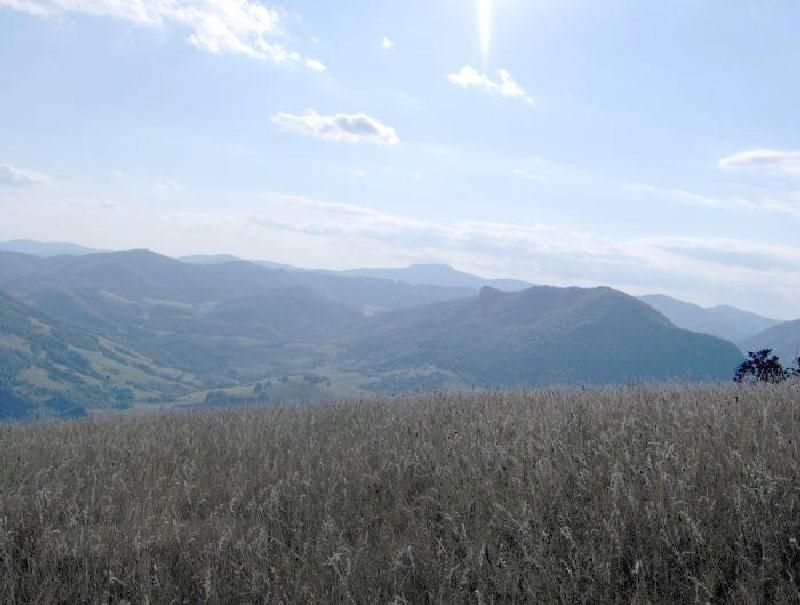

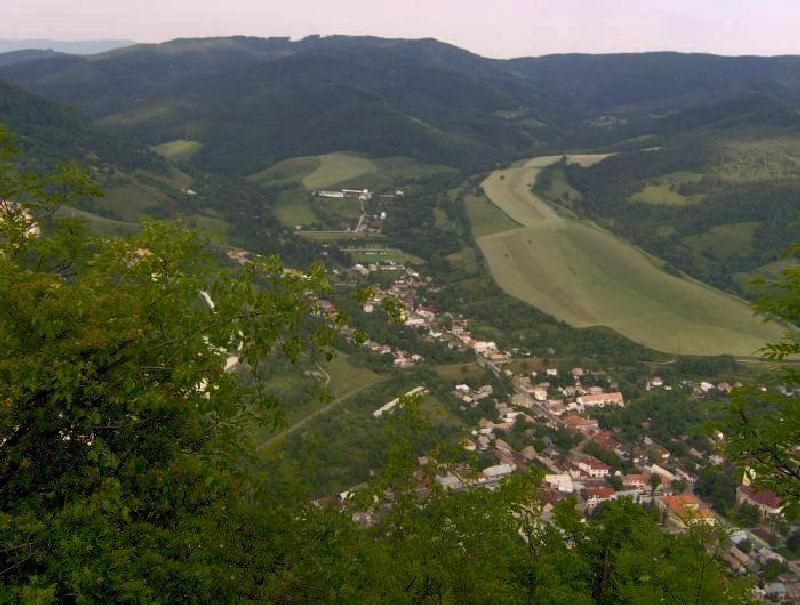
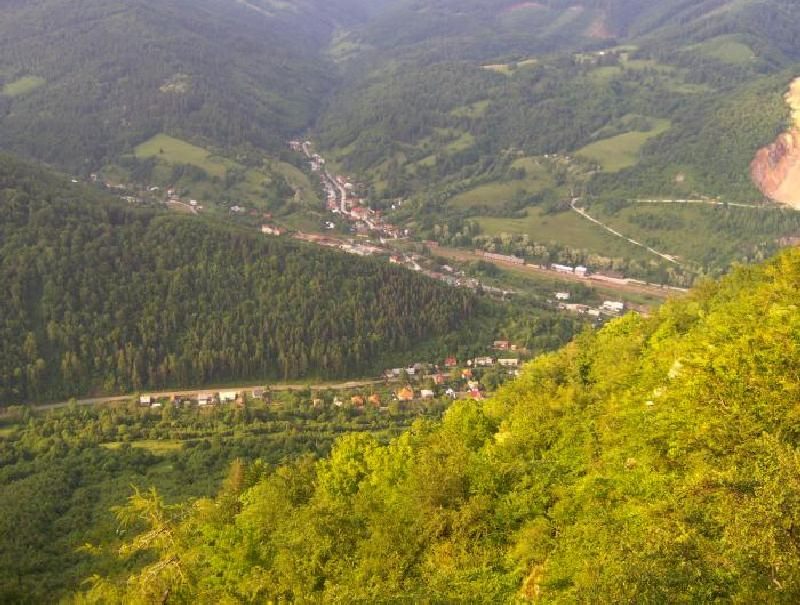
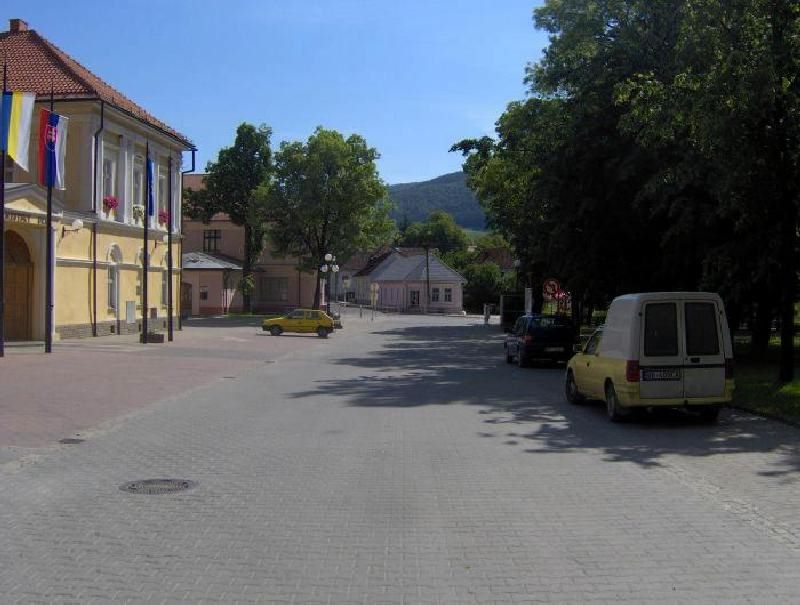
Dr. Samo Daxners - cultural worker, publicist, politician, the first Gemer and Malohont (1) Housecoat(4) - life represented the continuity of the 19th and 20th centuries. As an advocat he defended the Slovaks, he founded Tisovec Slovak Choir in 1887), he organized the concerts, performances, he supported firemen and Sokol movements. He collected folk songs, he published the articles about the economy, fellowships, judiciary and politics.
The name of Dr. Vladimír Clementis - a tragic personality of our history - is closely bound to
Tisovec. He was the statesman, publicist, co-founder of DAV journal and since 1948 to 1950 the Czechoslovakian minister of Foreign Affairs. In 1952 he was - after fabricated legal process - sentenced to death and executed.
The contemporary persons were born in Tisovec: a piano virtuoso, pedagogue and recent director of the Slovak Philharmonic Marián Lapšanský, a painter Rudolf Krivoš,, a poet Milan Kraus, a literature historian Cyril Kraus, an opera director Branislav Kriška and many others.
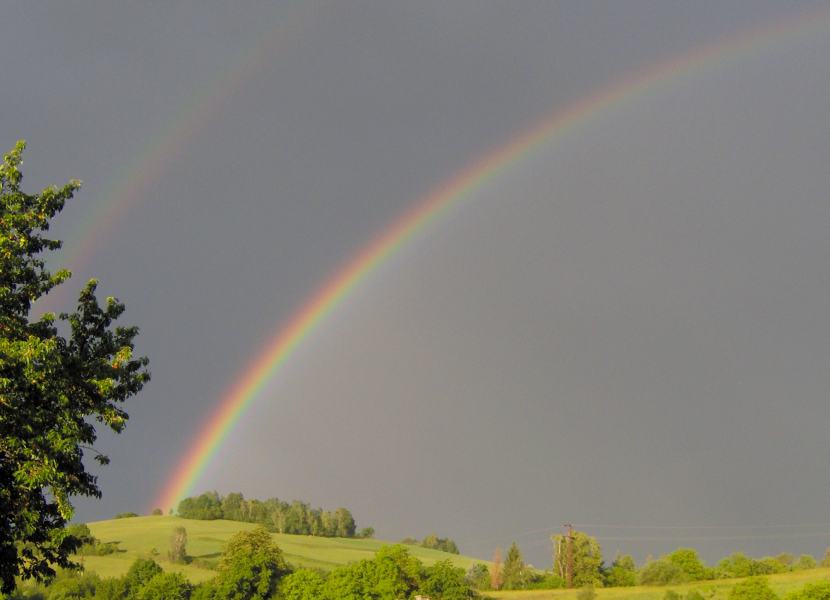
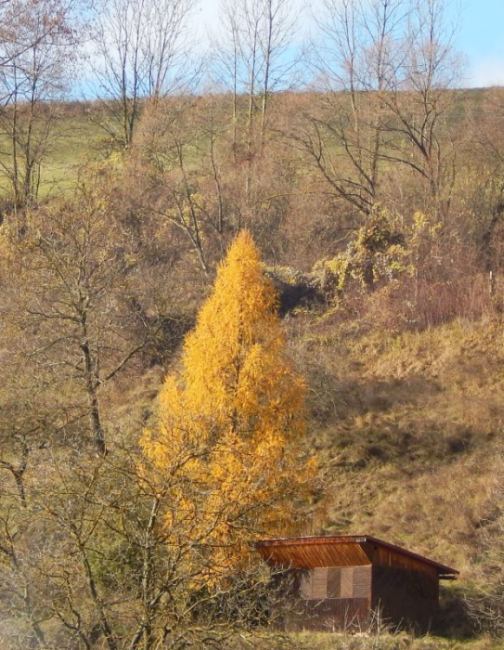
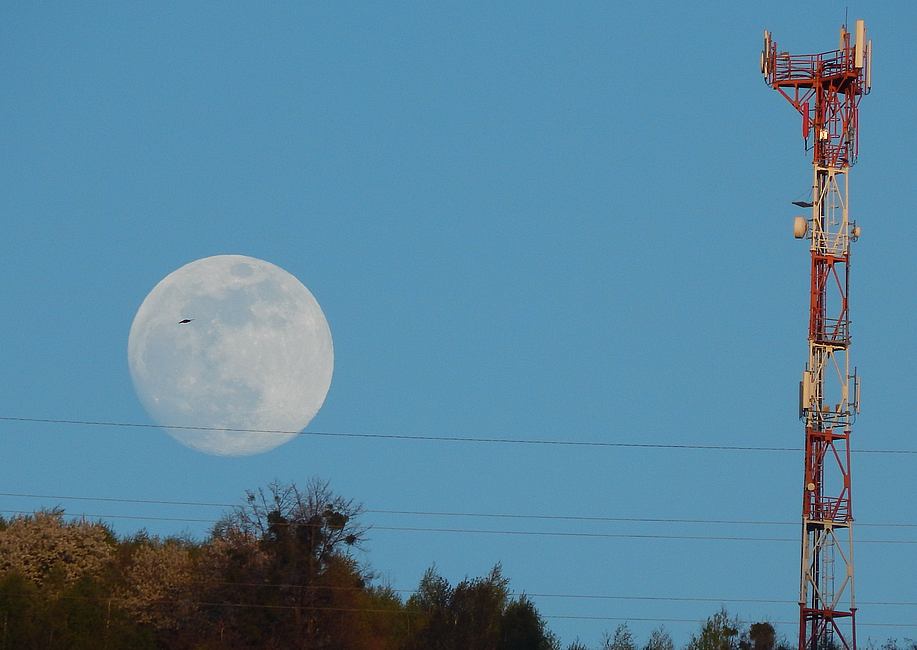
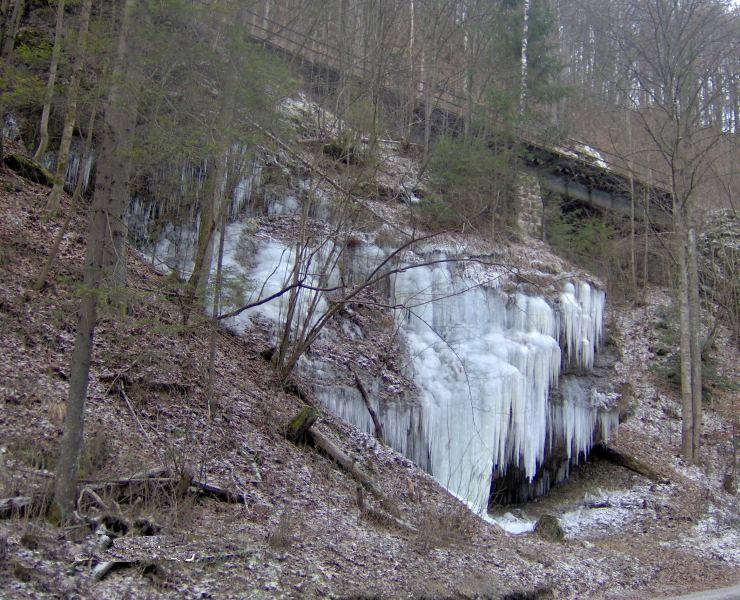

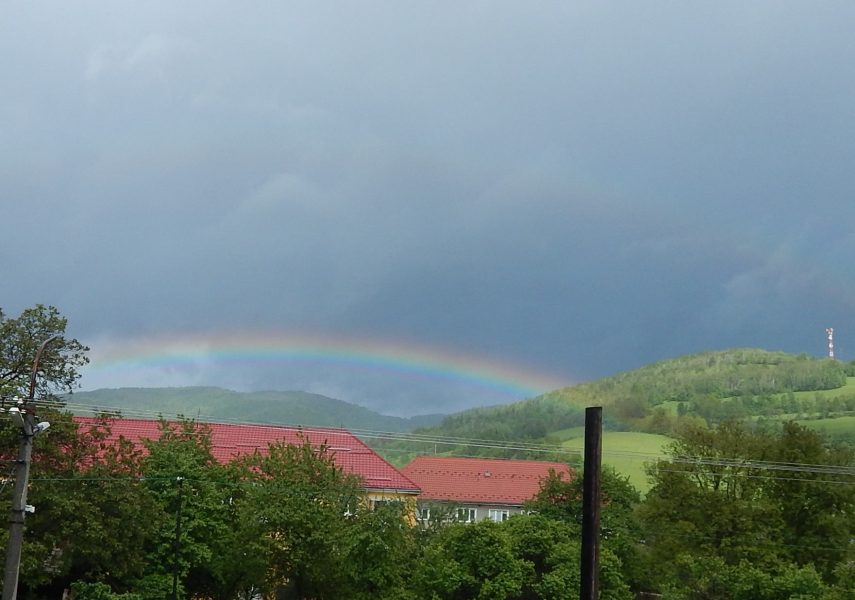
(1) Gemer(+Malohont) - Slovak geografical region which Tisovec belongs to
(2) Ľudovít Štúr - the leader of the Slovak national revival in the 19th century, the author of the Slovak language standard
(3) Matica slovenská - Slovak national cultural institution
(4) Housecoat - protector of political and geografical region in Austria-Hungary monarchy